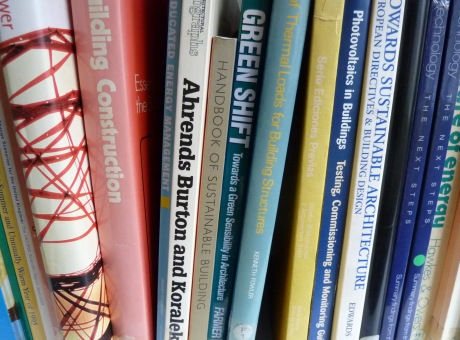A comparison of aviation greenhouse gas emission mitigation policies for Europe

1 January 2009
This paper integrates the results of a set of studies looking at UK and European aviation environmental policy measures. It uses a model of the European air transport system to assess the economic costs and environmental benefits associated with proposed emission mitigation strategies. In particular, we concentrate on the potential penetration of fuel-saving technologies and operations, lower carbon alternative fuels and high-speed rail in response to the European Union Emissions Trading Scheme, and the effect on CO emissions that this has in both the UK and Europe. A special emphasis is placed on the interaction effects of multiple mitigation policies. We find that a combination of policies could potentially allow UK and European lifecycle aviation CO emissions in 2050 to be reduced to below year-2005 levels. Although other operational and technological measures can reduce aviation CO emissions by up to 15% compared to an unconstrained base case, the largest part of this reduction comes from the interaction between carbon trading and cellulosic biomass fuels. Copyright © 2009 by Lynnette Dray. Published by the American Institute of Aeronautics and Astronautics, Inc., with permission.
A comparison of aviation greenhouse gas emission mitigation policies for Europe. 9th AIAA Aviation Technology, Integration and Operations (ATIO) Conference, Aircraft Noise and Emissions Reduction Symposium (ANERS)
Dray, LM; Evans, A; Reynolds, TG; Schäfer, A; (2009)
The full text of this article is not available through UCL Discovery.
 Close
Close

